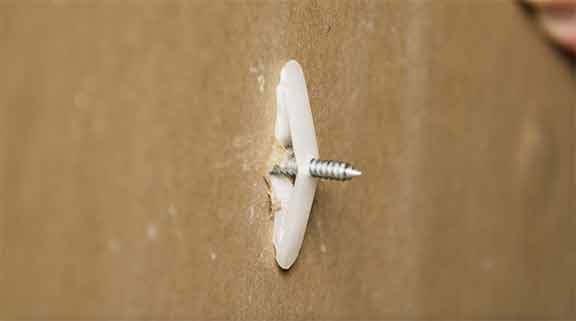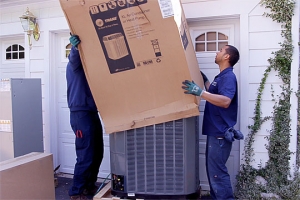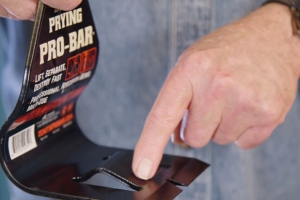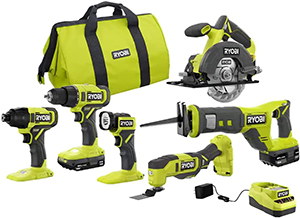Is Your Mounting Hardware Secure Enough?
How To Choose The Right Wall Anchor For A Secure Wall Mount
Oftentimes, mounting hardware that comes with your purchase isn't strong enough for the job. This is true for things like towel bars that get tugged on and used frequently. If you think about it, towel bars are used over and over, daily. We throw our towels over them and pull on them. I can even admit that I’ve grabbed onto a towel bar for support. What happens over time is the fasteners become loose and you end up with a wobbly towel bar - or one that fails entirely. The culprit is often the type of wall anchor that you used for the job.
Strong wall anchors are critical for a secure wall mount. The m ost common wall anchor that comes with your purchase is a type that expands when a screw is driven in, creating pressure around the surrounding wallboard. In many cases, this is simply not enough holding power. The better choice is one that secures from the back of the wall. There are several variations to choose from, and this blog and video cover several strong choices.
ost common wall anchor that comes with your purchase is a type that expands when a screw is driven in, creating pressure around the surrounding wallboard. In many cases, this is simply not enough holding power. The better choice is one that secures from the back of the wall. There are several variations to choose from, and this blog and video cover several strong choices.
Have you ever wondered what’s happening in the back of your drywall as you secure the wall anchors? This video will show you exactly what happens to each wall anchor and how to select the one that works best for you and your project.
Toggle Wall Anchor
A toggle wall anchor is a type of fastener that requires no pre-drilling and incorporates a toggle that flips out when the mounting screw is installed. Similar to a toggle bolt, the anchor grips the wall and locks into place behind the wall.
This type of fastener is commonly used to hang shelving that will hold a lot of weight, such as wall-mounted bookshelves or pantry shelving.
Coarse Threaded Wall Anchor
Coarse threaded wall anchors are typically made of hard nylon or metal and it is also referred to as a 'self-drilling' or 'self-threading' anchor. It features a coarse, threaded shaft that draws itself into the wallboard as it is turning. You can drive these into a wall board with a screwdriver, and no pre-drilling is required. Their coarse threads bite into the wallboard quickly and with ease. Additionally, this wall anchor has wings that flare out against the backside of the wall as the screw is tightened for extra holding power.
These are easy to use and work best for most applications involving drywall and wood studs. The wide threads are good at gripping into the wood and pulling the drywall against the studs.
Plastic sleeve wall anchor (with gripping flanges)
Because these have gripping flanges, they are stronger than your conventional plastic sleeve wall anchor. It does require pre-drilling and is usually tapped into place with a hammer. When you drive in the mounting screw, the flanges expand on the backside of the wall.
These plastic sleeve wall anchors are suitable for heavier items such as curtain rods, shelves, and mounting fixtures.
Pop-toggle wall anchor
The pop-toggle wall anchor has a unique design. After pre-drilling a hole, you fold the anchor into a closed position and insert it into the hole in the wall, tapping it in place until it is flush with the wall. Then, a pin, which is provided, is inserted and when tapped into position, it forces open the anchor on the backside of the wall. A screw driven in from the front pulls the flanges into contact. This wall anchor provides up to 60 pounds of holding power in drywall. That’s superb for just about anything, including wall fixtures, heavy framed pictures, and drapery supports.
place until it is flush with the wall. Then, a pin, which is provided, is inserted and when tapped into position, it forces open the anchor on the backside of the wall. A screw driven in from the front pulls the flanges into contact. This wall anchor provides up to 60 pounds of holding power in drywall. That’s superb for just about anything, including wall fixtures, heavy framed pictures, and drapery supports.
Choosing the right wall anchor could mean the difference between a wobbly or failing item and a secure one. All of the wall anchors mentioned in this video and article are secured from the backside of the wall, providing a much stronger hold. For more advice, see my guide for hanging heavy objects on walls.
Recommended Articles

The How’s and Why’s of Upgrading a Central AC System
A step-by-step video demonstration showing removal and replacement of a central air conditioning system. Includes advantages of new, state-of the-art AC systems.

If You’ve Got a Project That Involves Demolition, You’ll Want to Know About This Tool.
I try out a new tool designed and engineered to do one task exceptionally well -- demolition.
